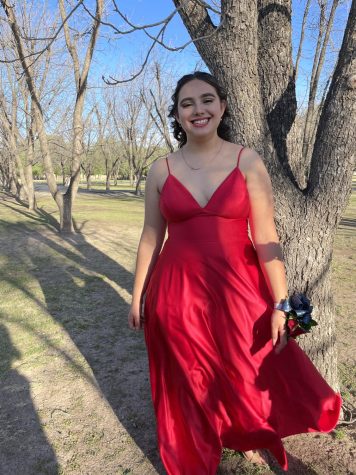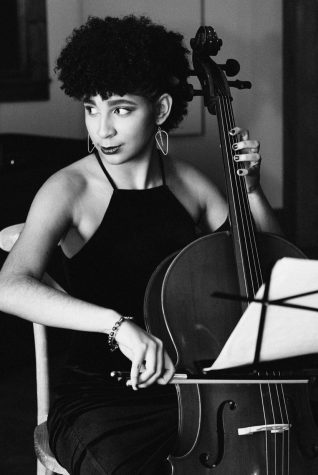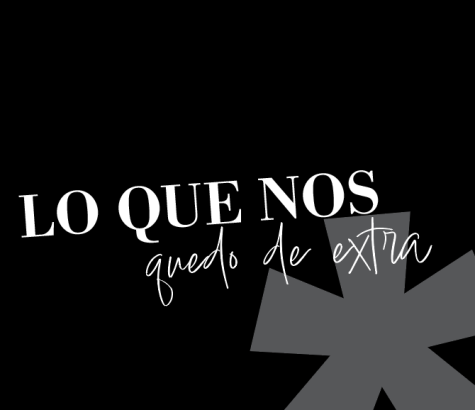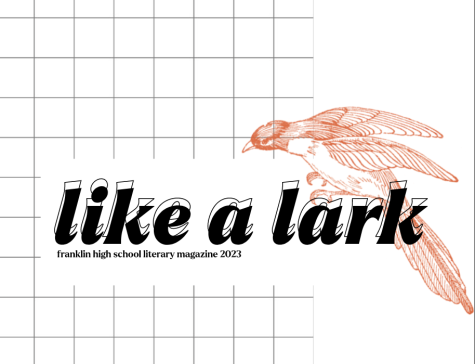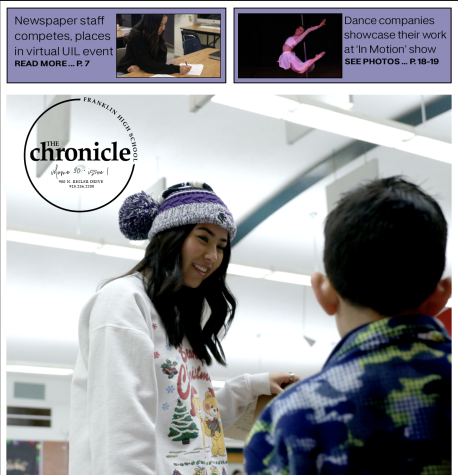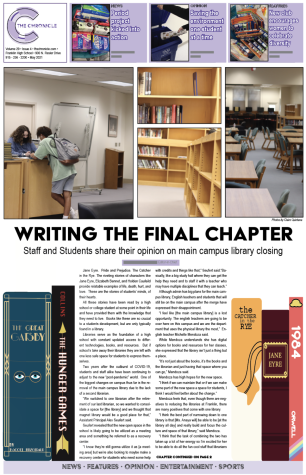Students protest dress code
September 24, 2021
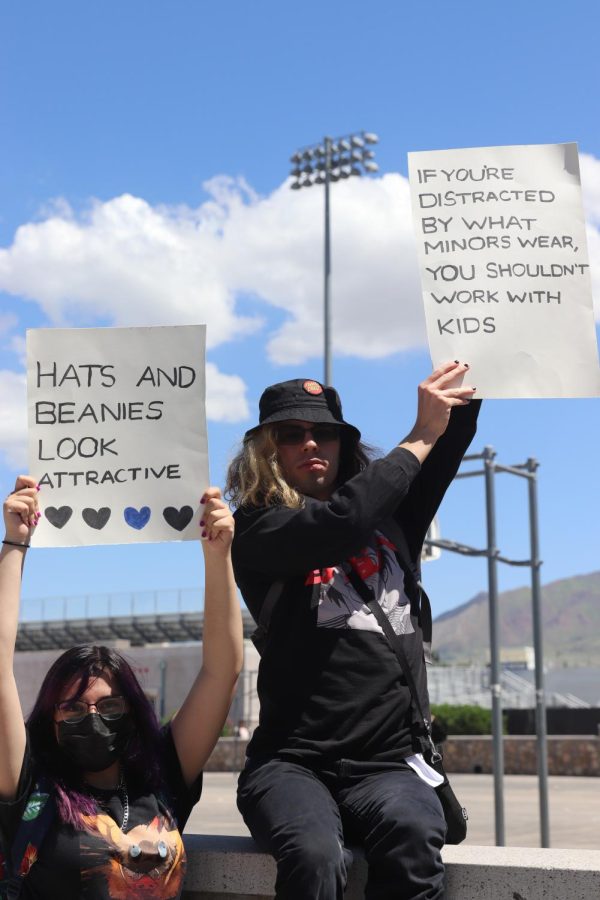
Dress code. It’s the forbidden topic everyone has complained about for years. “She dress coded me because I had a rip above my knee, or “This is so annoying; I just want to wear a tank top cause it’s hot.”
However, comments like these don’t produce change. The change wanted comes from actions, not complaints.
Students decided to take real steps towards change, it turned all those complaints into a movement.
This movement started with a protest and has continued to grow and evolve in the hearts of the students.
On Aug. 27, a huge crowd of students made their way from the basketball courts to the foyer of the school, chanting things like “Hey hey, ho ho, the dress codes got to go” and holding up posters that expressed how the dress code made them feel.
This protest was led by eight or nine different students, two of whom being Senior Rumi Sevilla and Junior Isabella Rodriguez.
Sevilla has felt strongly about a need for a change in the dress code ever since school started.
It first became a concern for her when she was dress coded for a shirt that she claimed did not show her stomach.
The shirt had accidentally been pulled up, according to Sevilla, and she was kept in the office for approximately an hour.
This was because she did not want to change her shirt for something she felt did not break the school rules
“It’s just crazy how we have this rule that’s made to limit distraction and yet the biggest distraction is me having to come out of class for almost an hour just to change my shirt,” Sevilla said
This incident caused Sevilla to take a closer look at the school’s dress code policies.
Upon investigation, she noticed that the dress code was very subjective and unclear about its policies.
“After this I was determined to do something about the dress code,” states Sevilla. “It didn’t have to be a protest. In fact, I had a lot of different ideas until I met some other kids who felt the same way I did. They kind of helped me solidify and make my plan.”
Of the students mentioned, Sevilla collaborated with was Junior Isabella Rodriguez.
Rodriguez had also felt like the dress code was unfair. She thought that there were inconsistencies and inequalities that made the dress code unjust for girls in particular.
Me and a couple of girls thought that it was an ongoing problem how there was inequality with the dress code,” Rodriguez said. “We felt that the best way to speak our mind was to show the admin that we are upset with the dress code, why we’re upset, and get their attention about this.”
When the protest started to go into action, both Rodriguez and Sevilla admitted that the week leading up to the protest was chaotic and very quick.
But with an after school meeting and a group chat, the leaders were able to get the protest more organized by communicating more and assigning different jobs to different people.
“I was kind of stressed out about the protest because it was really disorganized. But as soon as we were able to talk about everything and assign jobs to everyone, it became fine after that,” explains Sevilla.
There were a lot of different things that went into organizing the protest, but one of the things that helped with the success of the protest was Sevilla being in contact with former 2020 mayoral candidate, Veronica Carbajal.
“She basically just told me that we had First Amendment rights,” Sevilla said. “As long as we weren’t imposing on class time in order to protest then we would be okay and wouldn’t get put in ISS or anything like that.”
As the protest happened, it ended up being very peaceful and did not display any signs of violence the entire time.
The leaders were very respectful, both thanking admin and encouraging students to go to class when they needed to.
Principal Shawn Mena, while fully supporting the protest and her students, felt that it would have been more effective quicker if students had expressed their needs to admin.
“I’m here to serve the community and to work with the students with any issues they may be having,” Mena said. “It doesn’t mean they’ll get 100% of what they want, but we’ll compromise and work with them.”
Some of the things that Mena put into action concerning the dress code was establishing a committee that would talk with the students, as well as creating a QR code that students could voice their opinions on.
Then, as the committee met and they came up with solutions, they would have to go and meet with the Campus Instructional Team, which is comprised of a parent, two students, teachers and admin.
“The CIT votes on everything. I can’t just make decisions without their votes,” Mena said.
This protest has helped Sevilla in more than one way.
She has been able to explore her passion for social justice and was inspired to make a club that reflects this passion.
When all the students showed up to speak up and have their voices be heard, Sevilla realized that students were just as passionate as she was about certain topics.
“It honestly wasn’t until I saw the protest and the success of it that I realized there were a lot of students who want a space to share their opinions,” Sevilla said. “I really feel like it is important to continue making this space that the protest provided.”


